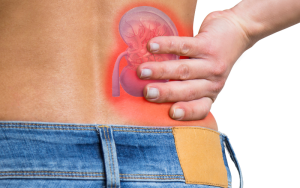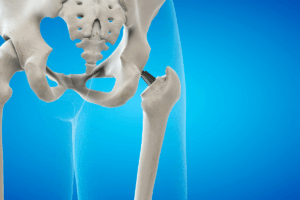
Healthcare contributes approximately 4.6% of global greenhouse gas emissions. Operating rooms account for 25% of the hospital’s carbon footprint. About 1/3 of the carbon footprint of the surgical supply carbon impact stems from single-use products. The 26th Climate Change Conference Health Programme of the World Health Organization (WHO) supervises healthcare decarbonization. Currently 26 nations have committed to building a low and sustainable carbon health system. Twenty-two have established deadlines for net zero goals, like the UK’s National Health Service (NHS) aims to achieve net zero emissions by 2025.
In low- and middle-income countries (LMICs), surgical site infections (SSIs) remain the most prevalent complication after surgery. The Cheetah cluster randomized trial found that changing sterile gloves and equipment prior to wound closure, to reduce SSIs and measure its environmental impact.
The Cheetah trial was a randomized study carried out in 7 LMICs to determine if replacing gloves and equipment before fascial closure of the abdominal wounds may decrease SSI. The method required the use of sterile surgical gloves and two sterile instruments to close the abdominal wound. Participating hospitals were randomized into a control group and an intervention group. Included the patients undergoing emergency or elective abdominal surgery with a clean, contaminated, dirty, or contaminated wound measuring 5 cm or longer. The primary outcome measured was SSI incidence within 30 days post-surgery.
The trial revealed that the rate of SSI was 18.9% in the control group and 16.1% in the intervention group. A decision analytic model was created to assess the average cost and financial result of replacing new gloves and equipment. The method continuously showed a higher chance of cost-effectiveness than existing practice. The average wound-specific carbon footprint (WSCF) was determined by the combined the carbon impact of glove and equipment use with that associated with treating SSIs. Elicitation exercises were carried out by professionals in the management of SSI.
The study used Excel version 16.98 for carbon modelling, calculating carbon variation across income levels, surgical contamination categories, and clinical scenarios. The model explored base case, best, and worst-case scenarios based on intervention efficacy and 95% confidence interval (CI) from the Cheetah trial.
The study assessed the environmental effects of SSI intervention using a structured Nominal Group Technique (NGT) meeting and elicitation exercises. The model involved resources like dressings, wound swabs, hospital readmissions, antibiotics, hospital stay length, and reoperations. The instruments and sterile glove change intervention had a higher immediate carbon footprint than the control group, with a high carbon footprint linked to treating an SSI in LMICs.
Carbon footprint variations were found to be 10.48 kgCO2e (−3.06 to 37.62 kgCO2e scenario range) for contaminated and 4.14 kgCO2e (−3.38 to 17.95 kgCO2e scenario range) for clean contaminated surgery in a high-income country. The variation in carbon footprint among the control and intervention groups was 22.60 kgCO2e (−1.62 to 61.17 kgCO2e scenario range) for contaminated-dirty surgery and 10.97 kgCO2e (−2.53 to 33.50 kgCO2e scenario range) for clean, contaminated surgery in LMICs. The intervention significantly decreased carbon footprints throughout all income levels, with the greatest effects shown in low-income settings due to high baseline rates of SSI and carbon-intensive nature of their treatment.
The study examined the carbon impact of perioperative interventions in LMICs and high-income countries. It generates estimates for contaminated, dirty, and clean contaminated surgery. This enables a more personalized way for perioperative management. The methodological is reproducible, allowing for rapid environmental assessments in future surgical trial.
Limitations include failing to account for diversity in country-level supply chains and carbon footprints, which employ uneven techniques in life cycle assessment and treating SSIs with oral antibiotics rather than antimicrobials. According to this study, changing sterile glove and instruments before wound closure can enhance patient outcomes, reduce healthcare costs, and lower carbon emissions.
Reference: Ledda V, Ademuyiwa A, Adisa A, et al. Modeled Carbon Footprint of Change of Sterile Gloves and Instruments for Abdominal Wound Closure. JAMA Netw Open. 2025;8(8):e2525355. doi:10.1001/jamanetworkopen.2025.25355













